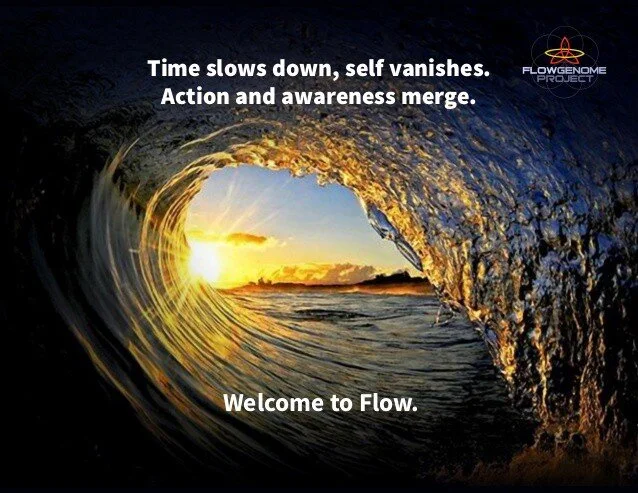Jazz Practices: Improvisation and Swingin’
So far, we’ve shared four of our Jazz Leadership Project practices – In the Shed, Big Ears, Your Sound, and Syncopation. In this post, we’ll look at the final two practices – Improvisation and Swingin’.
Drummer Larry Johnson, bassist Jim Hankins and keyboardist Andre Barnes playing in a JLP workshop for Verizon.
Improvisation
“Improvisation is not so much a creation of something out of nothing as much as it is the creation of something out of everything—everything one has been taught, everything one has experienced, everything one knows.”
Central to jazz performance, improvisation is the very special element the music is recognized for worldwide. It represents adaptability, agility, and innovation. Improvisation is both intentional and spontaneous—a process of creating based on a shared understanding of rhythm, harmony, and melody.
To improvise, musicians are required to listen well and hear deeply in order to fully comprehend what and how they are playing. Moreover, they have to develop their chops (their skill set) to play well.
Improvisation brings power to relationships. Each musician comes to the band with a level of musicianship that is expected to add value to the ensemble’s performance. Each brings his or her skill sets encompassing a history of playing experiences. Musicians must listen to each instrument, observe, and adjust based on what their band members are doing. The soloist is the leader in the moment of improvising. These relationships are grounded in respect, empathy, and trust.
“A good quartet is like a good conversation among friends interacting to each other’s ideas.”
Jazz musicians are in partnership based on a common language. Improvisation is a dialogue with each member receiving, accepting, and giving verbal and non-verbal cues—signals and gestures that provide understanding. As with call and response, each band member plays something and the other decides how to answer, building on an idea, as with Yes And in improv comedy.
Improvisation is about discovery—a process of spontaneously creating, with absolute focused attention, in the present moment. As Bob Kulhan’s quote above asserts, improvisation is not winging it—rather, it’s taking an idea, extending and developing it to tell your own story, in real time. fMRIs of musician’s brains have shown that during improvisation, the pre-frontal cortex —the brain region that is our inner critic —shuts down.
In the world of business, brain-storming with an improvisational mindset can teach us how to generate ideas more confidently and courageously, leading to more possible solutions. Effective also for problem-solving, improvisation creates the space for open dialogue and engagement. Using improvisation as a tool in this way can help us gain a sense of collaborative flexibility and learn to be more trustworthy.
Swingin’
“When two people are together, and my pulse and your pulse are together, then we’re swinging”
Swingin’ is a jazz term which means that the band has established a groove – that the musicians are connected, moving together as one – flowing freely and with ease.
When the band is in this space of co-creation, they are “In the Pocket” – another jazz term meaning that they’re optimally aligned. In Yes to the Mess, author Frank Barrett describes this state as “a shared ‘feel’ for the rhythmic thrust. Once a group shares this common rhythm, it begins to assume a momentum, as if having a life of its own separate from the individual members.”
Swingin’ is analogous to being “In Flow” or “In the Zone.” Flow follows focus and only shows up when all of our attention is focused on the present moment. Science tells us that in the flow state we shift from the fast-moving beta wave of waking consciousness down to the far slower borderline between alpha and theta. Alpha is day-dreaming mode—when we slip from idea to idea without much internal resistance. Theta is evident during REM or just before we fall asleep. This transitional state is where ideas combine in truly radical ways. When a jazz band is really swingin’, their ENSEMBLE MINDSET℠ allows innovation to flow like a mighty stream.
The Flow Genome Project, founded by Steven Kotler and Jamie Wheal, describes flow as a space of selflessness, timelessness, effortless, and richness (STER). Individuals in flow are adapting — absorbing, synthesizing, and integrating information to drive the creative process and take their performance to the next level. Intrinsic motivation and risk taking go up, judgment goes down, and creativity becomes more free-flowing.
Improvisation and flow, integral to jazz, are pathways to heightened creativity and high performance. We’ll revisit the JLP practices and principles in posts to come as we continue to explore jazz as an innovative platform for creative leadership and agile collaboration.



